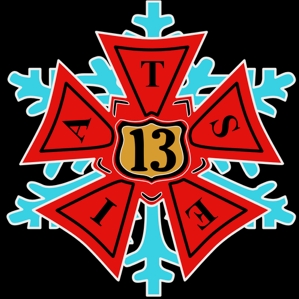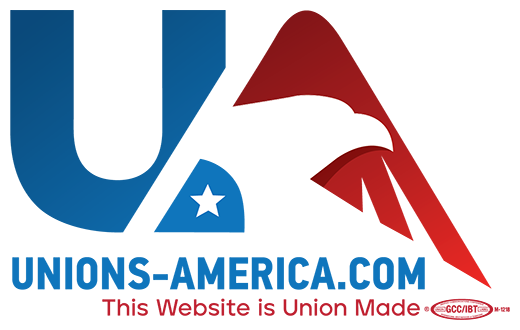|
The Election
|
|
|
|
Prior to any election conducted by the NLRB there will be posted, at the place of your work, a Notice of Election issued by the NLRB to inform you of:
There is a sample ballot on the Notice of Election which, except for color, is a reproduction of the ballot you will receive when you vote. You should read the Notice of Election so that you will be familiar with the ballot. The Voting PlaceIn the voting place will be a table, a voting booth, and a ballot box. At the table there will be observers for the union and the employer and a representative of the NLRB, each of whom will be wearing an official badge. The observers’ badges will have “Observer” on them. The NLRB representative will wear an “Agent” badge. The Agent is in charge of the election. If you have questions, talk only with the Agent. The Voting Procedure
You will notice that only the Agent handled the blank ballots and only you handled your marked ballot. Once your marked ballot is in the ballot box it becomes mixed with all other ballots in the box and cannot be identified. No one can determine how you have voted. Challenged BallotsQuestions sometimes arise about eligibility of certain persons. Any observer or the NLRB representative can challenge a voter, however, it must be for good cause and not for personal reasons; for example, a name may not appear on the eligibility list because of a clerical error. If your vote is challenged, take your ballot into the booth, mark it, fold it to keep the mark secret, and return to the voting table. The Agent will give you a challenged ballot envelope on the stub of which are written your name and the reason for the challenge. You put the ballot in the envelope. You seal the envelope, and you deposit it in the ballot box. You will note that while your name is on the stub of the envelope it is not on the ballot. Secrecy of your vote is always maintained. If challenged ballots must be counted, and if later investigation reveals challenged voters are eligible to vote, the stub containing the name and clock number of the individual voter is first torn off and discarded. All challenged ballot envelopes are then mixed together. The ballots are then removed and counted by the Board Agent. This is the method by which secrecy is maintained. Rights of EmployeesYou are entitled by federal law to vote your free choice in a fair, honest, secret-ballot election to determine whether your fellow employees want union representation. The National Labor Relations Board is the agency of the United States Government which protects that right, as well as other important rights guaranteed by the National Labor Relations Act of 1935. The National Labor Relations Board wants all eligible voters to be familiar with their rights under the law and wants both employers and unions to know what is expected of them when it holds an election. When an election is held, the Board protects your right to a free choice under the law. Improper conduct will not be permitted. We expect all parties to Board elections to cooperate fully with this Agency in maintaining basic principles of a fair election as expressed by law. The National Labor Relations Board as an agent of the United States Government does not endorse any choice in the election. Protection of Your RightsThe Board applies rules to keep its election fair and honest. If agents of either unions or employers interfere with your right to a free, fair, and honest election, the election can be set aside by the Board. Where appropriate, the Board provides other remedies, such as reinstatement for employees who were fired for exercising their rights; including back pay from the party responsible for their discharge. The following are examples of conduct which interferes with the rights of employees and may result in the setting aside of the election:
|
|
| |

